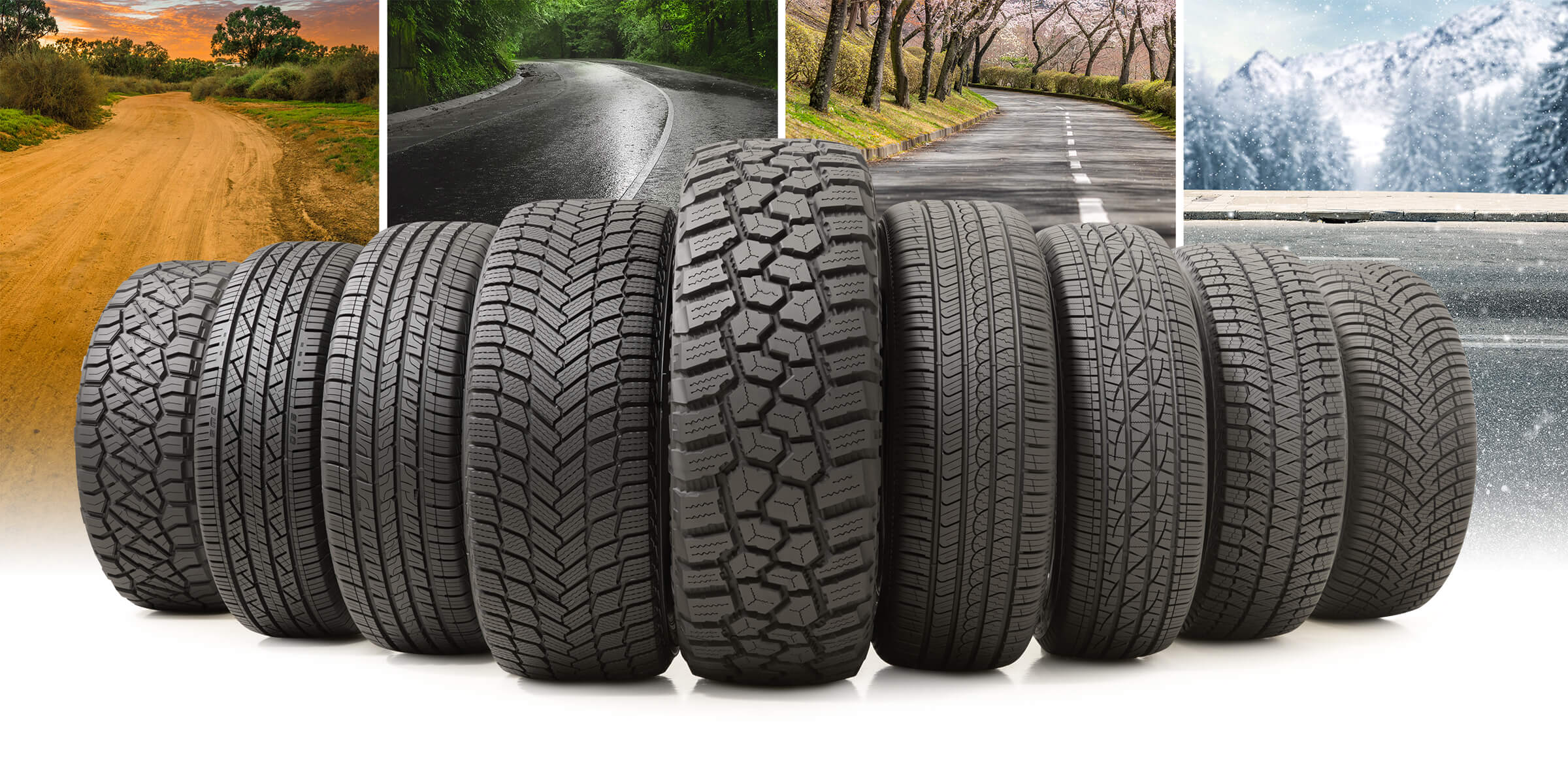
In the complex symphony of modern vehicle safety, where advanced cameras, sensors, and processors work tirelessly to minimize human error, there’s one fundamental component that remains the ultimate arbiter of your car’s connection to the road: the tires. Often taken for granted, these unassuming circles of rubber are your primary safeguard, directly influencing traction, handling, and stopping power. Yet, a significant and often overlooked hazard lies in wait: the silent degradation of tires due to age, regardless of their visible tread.
Conventional wisdom, perpetuated by simple tests like the “penny test,” often misleads drivers into believing their tires are safe as long as the tread appears adequate. This can be a dangerous misconception. Like any rubber product, tires inherently degrade over time, developing microscopic cracks and fissures that compromise their structural integrity. This aging process can lead to catastrophic failures, such as sudden tread separation, even when the tread depth seems perfectly acceptable, putting drivers and passengers at extreme risk.
This in-depth guide, informed by expert analysis and real-world incidents, aims to unmask these hidden dangers. We will delve into why tires age, the factors that accelerate this process, how to accurately determine your tire’s true age, and the profound impact that seemingly minor wear and tear can have on your vehicle’s safety performance. Empowering yourself with this critical knowledge is the first step towards ensuring genuine safety on every journey.

1. **The Hidden Danger of Aged Tires (Beyond Tread Wear)**For all the marvel of today’s car safety systems — the networks of cameras, sensors and processors that help minimize driver error — the truth is that a car is still only as safe as the rubber that holds it to the road. This profound statement underscores a critical fact: tire safety extends far beyond merely inspecting tread depth. While the “penny test” remains a popular, albeit often misleading, guideline for many drivers, it fails to account for a fundamental aspect of tire longevity: age.
Conventional wisdom says that if a tire passes the “penny test” (Lincoln’s head is fully or partially covered by tread blocks when placing a penny upside down in the grooves), then it still has useful tread life. But this can be a dangerous mistake. Tires, being rubber products, are susceptible to degradation over time, a process that occurs internally and externally, irrespective of how many miles they’ve covered. This means a tire with ample tread can still be a ticking time bomb if it’s too old.
The inherent material properties of rubber dictate that it will degrade with age. Even if a tire appears to have plenty of life remaining, it can develop cracks and fissures as its rubber compound breaks down. These structural weaknesses are not always visible on the surface, making them particularly insidious. This internal decay can lead to critical failures such as sudden tread separation and a complete loss of car control, proving that age, not just wear, is a paramount factor in tire safety.
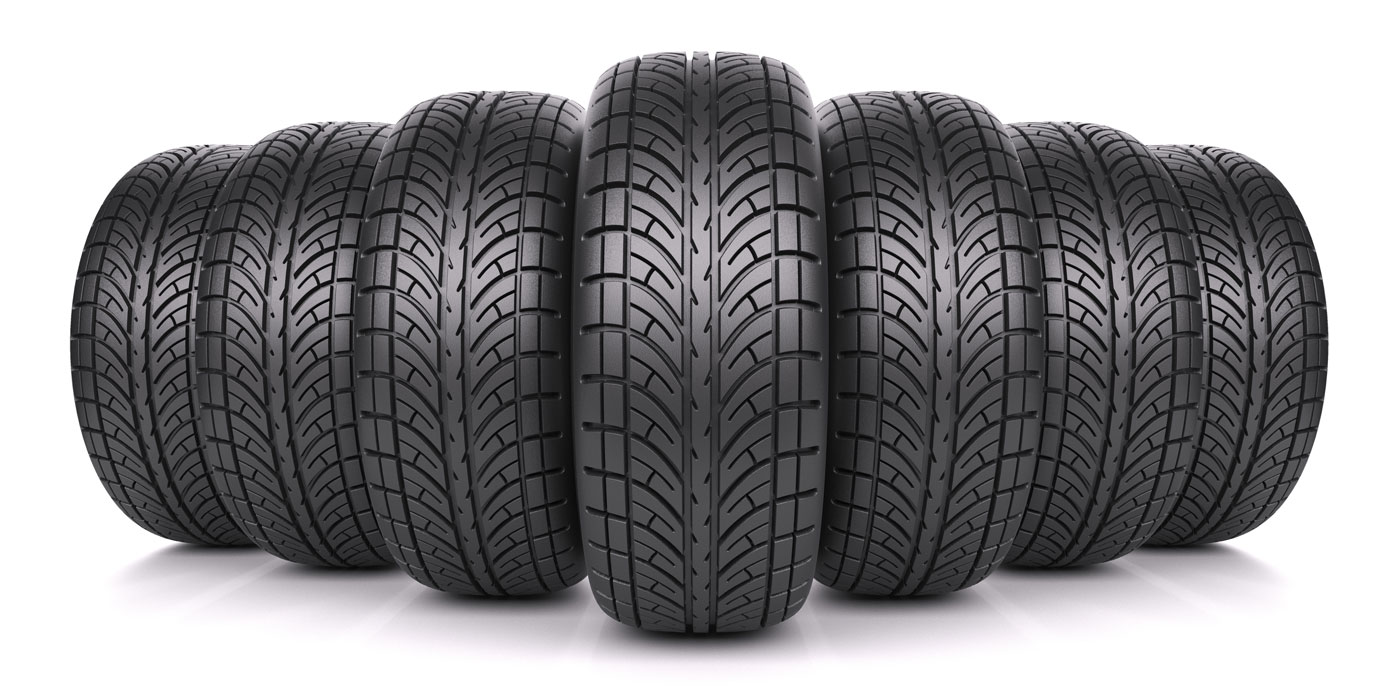
2. **Real-World Tragedies: The Deadly Consequences of Old Rubber**The potential dangers of aged tires are not theoretical; they are tragically real, as evidenced by a number of devastating accidents. These incidents highlight how old, degraded rubber can lead to catastrophic failures, even for experienced drivers in high-performance vehicles, underscoring the urgent need for awareness.
Consider the case from 2006, where an 11-year-old boy was killed when his family’s SUV rolled over on a California highway. The cause? The left rear tire’s tread separated. An investigation revealed that a tire service center had installed the SUV’s 12-year-old spare tire during a visit to replace the rear tires.
Another sobering example occurred in 2008 in Georgia. The owner of a 1998 Ford Explorer bought a used tire as a replacement. Just two weeks later, while driving, the tread suddenly separated from the tire. The driver lost control and hit a motorcycle, killing its rider. An analysis of the used tire revealed that it was nearly 10 years old.
Perhaps one of the most high-profile incidents involved actor Paul Walker, who died in 2013 in a Porsche Carrera GT, one of the highest-performance models in the automaker’s history. An investigation determined that the Porsche was driving on 9-year-old tires and traveling at speeds between 80 and 93 mph when the driver, Roger Rodas, lost control and collided with a power pole and several trees. Rodas was also killed. These incidents collectively illustrate the severe and often fatal consequences of driving on aged and used tires, emphasizing that even pristine tread cannot counteract the effects of time on rubber.

3. **The Silent Killer: How Tires Degrade with Time**To understand why old tires are so dangerous, it helps to grasp the underlying process of rubber degradation. Sean Kane, president of Safety Research & Strategies Inc., offers a simple yet potent analogy: “If you take a rubber band that’s been sitting around a long time and stretch it, you will start to see cracks in the rubber.” This perfectly illustrates what happens to a tire as it ages, even when it’s not in active use.
Over time, tires develop cracks in their rubber, both on the surface and internally. These fissures are a symptom of the rubber compound breaking down, losing its elasticity and structural integrity. This silent, insidious process can weaken the tire’s foundational components, eventually leading to critical failure.
Crucially, this cracking can eventually cause the steel belts in the tread to separate from the rest of the tire. This tread and belt separation is often sudden and catastrophic, leading to immediate loss of control and an extremely high risk of a rollover crash. Kane and his organization have identified over 250 incidents in which tires older than six years have experienced tread and belt separations — most resulting in loss-of-control and rollover crashes. These incidents were the cause of 233 fatalities and 300 injuries in 2012 alone, highlighting the widespread and severe impact of tire aging.
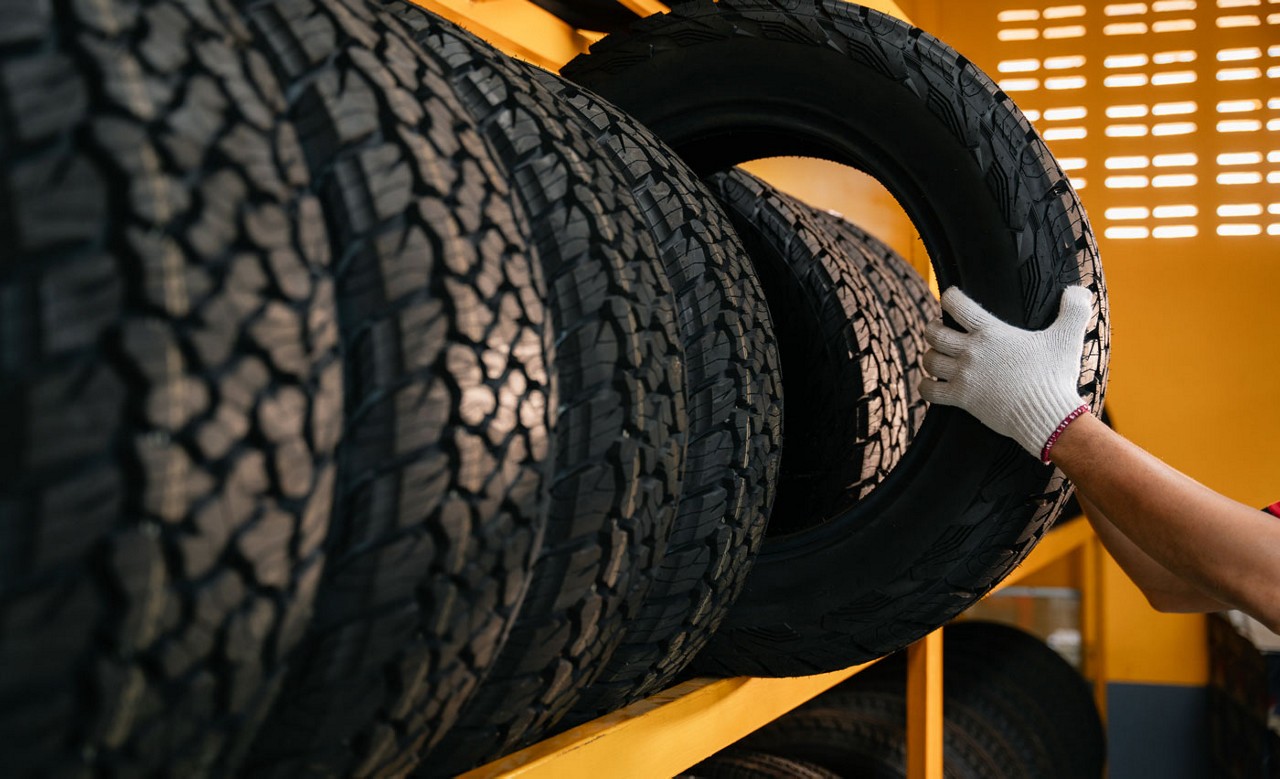
4. **Accelerating the Decline: Factors That Hasten Tire Aging**While all tires will eventually succumb to the effects of age, certain environmental and usage conditions can significantly accelerate this degradation process. Understanding these factors is crucial for proactive tire maintenance and replacement, ensuring your tires remain safe for their operational lifespan.
Heat is a primary culprit. NHTSA research found that tires age more quickly in warmer climates. Beyond ambient temperature, environmental conditions, such as exposure to sunlight and coastal climates, can also accelerate the aging process. People who live in coastal states and other areas with warm weather should bear this in mind when considering tire replacement.
Storage conditions also play a vital role, not just for tires in active service, but also for spares and unmounted tires. A tire that has not been mounted and is just sitting in a tire shop or your garage will age more slowly than one that has been put into service on a car. But it ages nonetheless. This means that seemingly “new” tires sitting in a retailer’s inventory for years are still subject to the effects of time and could be significantly older than a consumer assumes.
Spare tires are often the most neglected. They usually don’t see the light of day, but they still degrade with time. If a tire has been inflated and mounted on a wheel, it is considered to be “in service” even if it’s never been used. And spares that are mounted underneath a vehicle — exposed to heat, dirt and weather — deserve extra attention, as their hidden location often leads to them being completely overlooked until an emergency arises.
Finally, the conditions of use significantly impact how quickly a tire ages. Has the tire been properly inflated? Underinflation causes more tire wear. Has it hit the curb too many times? Has it ever been repaired for a puncture? Tires on a car only driven on the weekends will age differently from those on a car that’s driven daily on the highway. All are factors that contribute to the pace with which a tire ages, emphasizing that proper maintenance is the best thing you can do to ensure a long tire life.
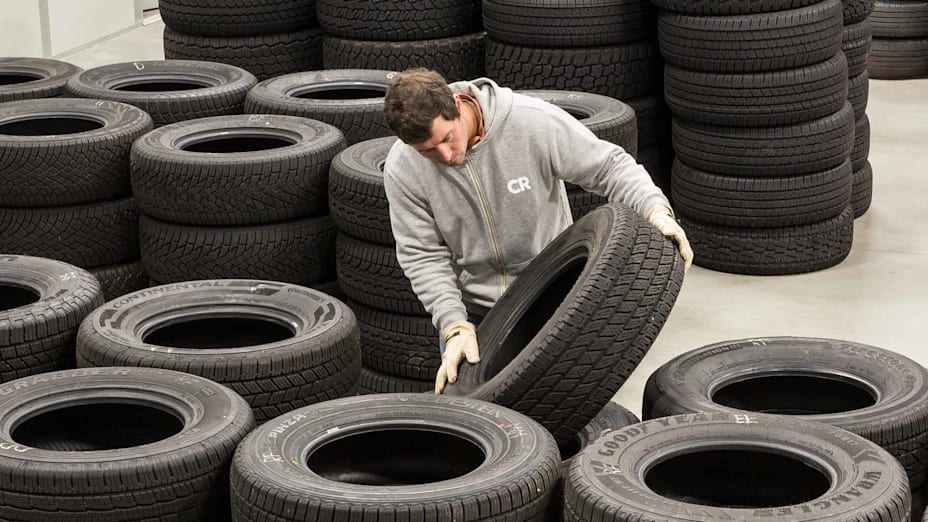
5. **Decoding Your Tire’s Birth Certificate: The DOT Code**Knowing your tire’s age is as critical as knowing its tread depth. Fortunately, every tire carries a specific code that reveals its manufacturing date. Deciphering this “birth certificate” is essential for determining if your tires are approaching their safe retirement age, even if they appear visually sound.
The key to uncovering a tire’s age lies in its U.S. Department of Transportation (DOT) number, which is prominently displayed on the tire’s sidewall amidst a confusing array of other alphanumeric characters. While the entire DOT code contains various manufacturing details, only a specific part of it reveals the production date.
For tires made after 2000, the DOT code has a four-digit number. The first two numbers represent the week in which the tire was made. The second two represent the year. A tire with a DOT code of “1116” was made in the 11th week of 2016. This clear, unambiguous system makes it relatively easy for consumers to ascertain the tire’s age.
However, tires made before 2000 have a three-digit number that is trickier to decode. The first two digits still indicate the week, but the third digit tells you the year in the decade that the tire was created. The hard part is knowing what decade that was. Some tires made in the 1990s (but not all) have a triangle after the DOT code, denoting that decade. But for tires without that, a code of “328” could be from the 32nd week of 1988, or 1978. But this is all moot: If you see a three-digit DOT code today, that’s a tire that belongs on a collectibles shelf or at the recycler, not on a car.
It’s also important to note that these DOT numbers weren’t designed with consumers in mind. They were originally put on tires to make it easier for the NHTSA to recall tires and keep track of their manufacturing date. To make matters worse, you might not always find the full DOT number on the outer side of the tire. Because of the way a tire is made, it is actually safer for the technician operating the mold to imprint information on the inner side of the tire, so some manufacturers will opt to put the number there. It is still possible to check the DOT code, but you might have to jack the car up to see it. Keep the visibility of the DOT number in mind the next time you are at a tire shop and the installer asks if you want the tires to be mounted with the raised lettering facing in.
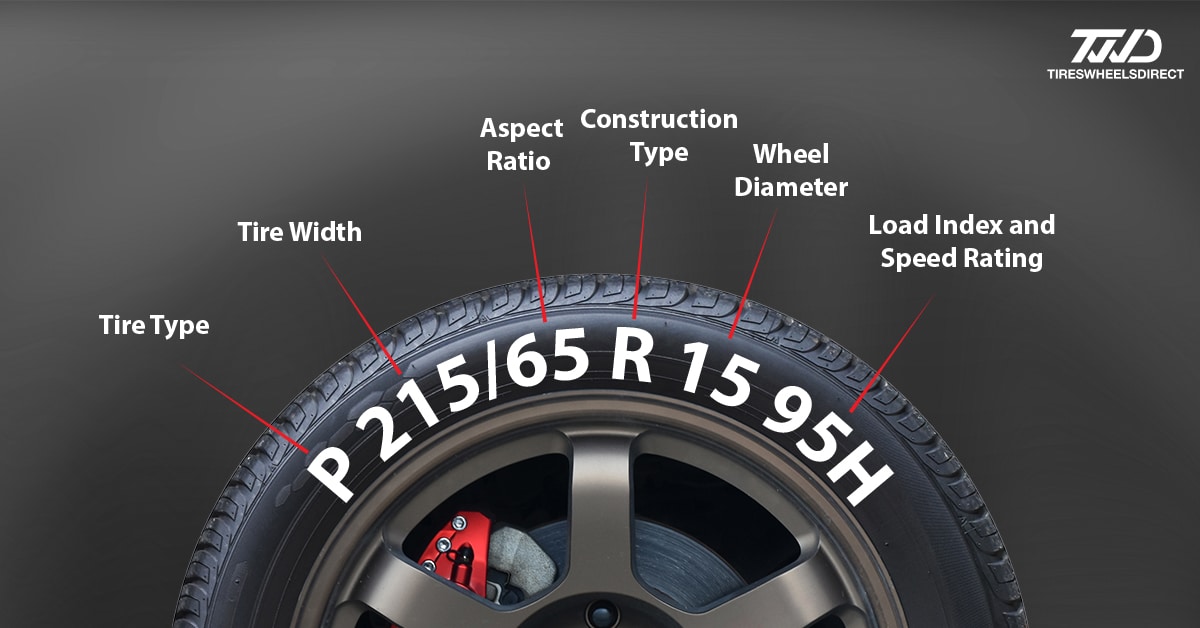
6. **The Misleading “Penny Test” and What to Really Look For**For decades, the “penny test” has been the go-to method for many drivers to check their tire tread. While seemingly simple and accessible, this test, particularly in its traditional form, provides a dangerously inadequate measure of true tire safety, especially in modern driving conditions. Relying solely on it can give a false sense of security.
The traditional penny test involves inserting a penny upside down into a tire groove, with Abraham Lincoln’s head facing you. If you can see all of Lincoln’s head, it generally indicates that your tread depth is below 2/32 of an inch, signaling it’s time for replacement. However, this benchmark, which is often aligned with minimum legal requirements in many states, represents the absolute bare minimum for safety and is frequently criticized by safety experts as being insufficient.
The AAA, a prominent advocate for driver safety, strongly maintains that tires should be replaced once the tread depth reaches 4/32”. Their research has demonstrated that at 4/32”, a tire’s stopping distances have already begun to deteriorate significantly, especially in wet conditions. Waiting until tread depth reaches 2/32”, as often recommended by current industry guidelines and state laws, jeopardizes a driver’s safety, while it also impacts the manufacturer warranty costs and is often paired with environmental concerns.
Beyond tread depth measurements, a thorough visual inspection is paramount. Some of the best advice on such an inspection comes from the British Tyre Manufacturers’ Association. It recommends that consumers check tires regularly for any sign of aging, such as tread distortion or large or small hairline cracks in the sidewall. These visible indicators of dry rot or rubber degradation are critical warnings that a tire’s structural integrity is compromised, even if the tread depth might technically “pass” a penny test. Vibrations or a change in the dynamic properties of the tire could also be an indicator of aging problems, signaling an immediate need for replacement.




